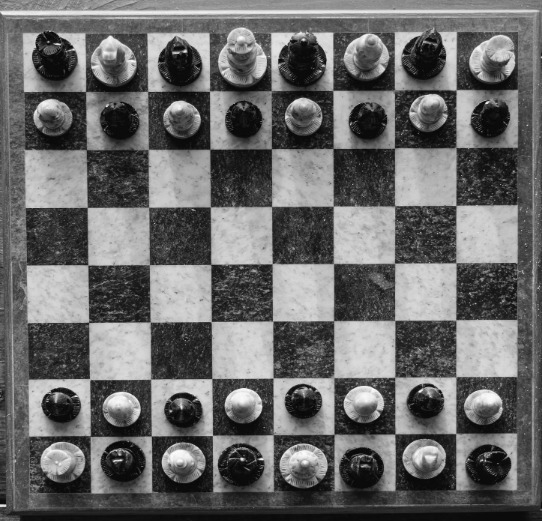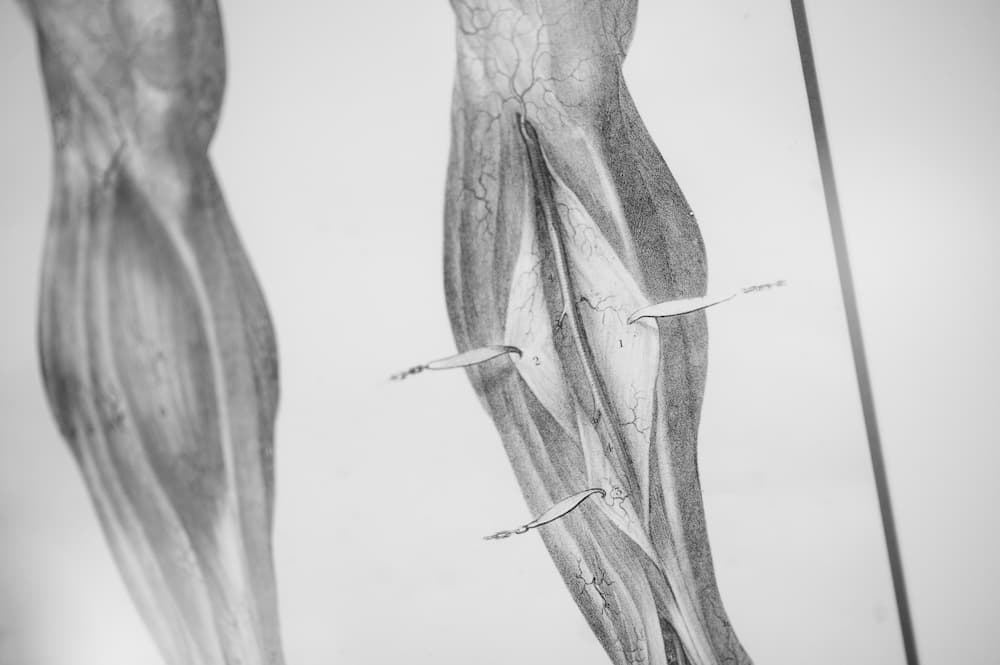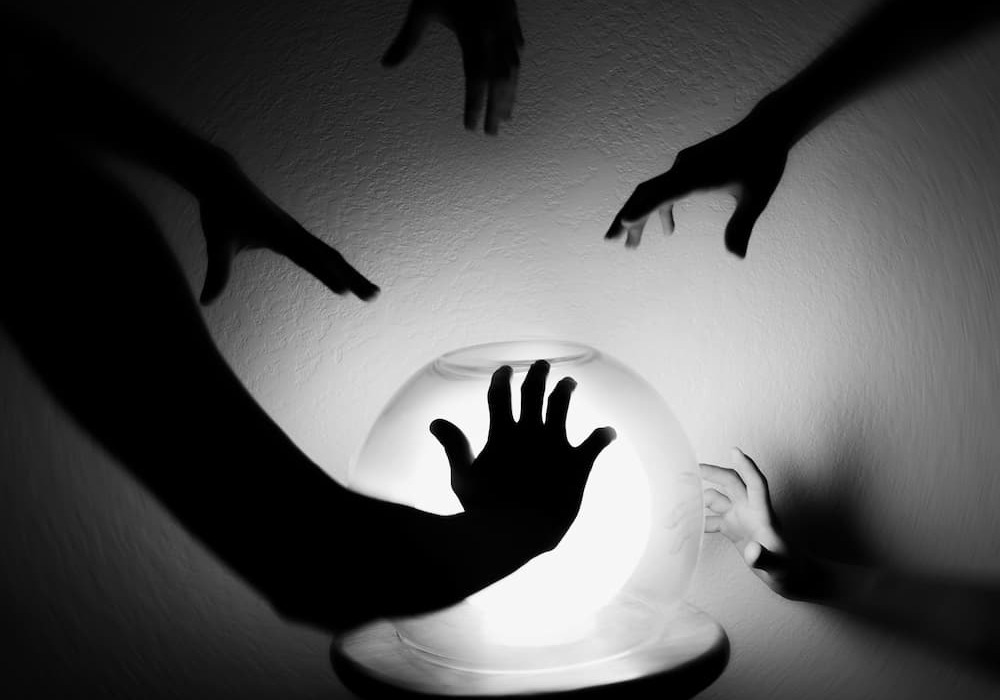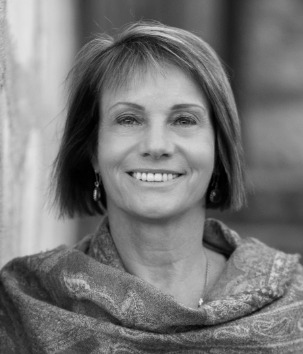
The Wound of Today
© 2021 Radhule Weininger, PhD
When I reflect on our community, our country, and our world right now, I feel uncertain. On the one hand, our government seems more stable, vaccines are rolling out, and kids will now return to school. On the other hand, it is as if a partly hidden ogre is slowly crawling towards us, underground. The beast has not broken completely through the surface, but we can see some spikes and some puffs of smoke rolling in our direction. Conversations with my old friends from Germany, the Netherlands, and Portugal, confirmed that they harbored similar feelings. In Germany and the Netherlands there are street fights between right and left, and painful stories of conspiracy and treachery are being thrown about, especially on social media. And nowadays, with the availability of linkedin messaging automation, everyone can be easily connected from various parts of the globe under a single roof.  I asked my physician husband, Michael, how we might understand what’s happening as if it was an ailment in the body (medical metaphors often help me to see more clearly the origin and progress of painful dynamics). He equated the global political unrest to a deep fissure, a wide gaping gash, like a wound that has not really healed. Even though there is a Band-Aid or dressing covering the wound, it seems so deep that it needs more than a superficial fix, and has now become infected. Michael continued with his metaphor, describing two types of healing where wounds are concerned: healing by primary and healing by secondary intention. Wounds that heal by primary intention have edges that are close together and smooth. These wounds can be sutured easily. Wounds that heal by secondary intention, have jagged edges that are far apart and may contain dirt inside.
I asked my physician husband, Michael, how we might understand what’s happening as if it was an ailment in the body (medical metaphors often help me to see more clearly the origin and progress of painful dynamics). He equated the global political unrest to a deep fissure, a wide gaping gash, like a wound that has not really healed. Even though there is a Band-Aid or dressing covering the wound, it seems so deep that it needs more than a superficial fix, and has now become infected. Michael continued with his metaphor, describing two types of healing where wounds are concerned: healing by primary and healing by secondary intention. Wounds that heal by primary intention have edges that are close together and smooth. These wounds can be sutured easily. Wounds that heal by secondary intention, have jagged edges that are far apart and may contain dirt inside.  When I reflected on this, I thought that, in the case of our society, the different political, cultural, social, and racial camps are enormously far apart – so far that they can’t listen to or hear each other. Many from one camp despise those from the other, and there is certainly dirt and infection in those wounds. Michael continued his metaphor by saying that in wounds that heal by secondary intention, healing has to occur slowly and from the bottom up. And, after the wound has been cleaned, there are 4 stages of healing: hemostasis, when bleeding ceases, inflammation, where old toxins and cell debris are carried away, proliferation, which is the process of gradually filling in the wound with granulation tissue FROM THE BOTTOM UP, and finally, there is remodeling where the inflammatory response goes away and contraction can occur. In the end, a scar remains, and with that a new state of homeostasis and stability. He ended by explaining that we have to keep this gaping wound clean and allow it to gradually cycle through the different stages of healing. When we do, healing arises from the depth of the wound, organically, all by itself. The body knows how to heal itself and does so when the conditions are right. We might be under the illusion that the wounds we see – polarization, racism, environmental destruction, greed, and inequality to name but a few – are easy to fix, like wounds that can be healed by primary intention as if the recent election could be a suturing that will bring both sides together. Sadly, this is not the case. For this gaping, infected wound, there is no quick fix. However, the metaphor of healing from the bottom up applies here. If and when the conditions are right, then we can trust that the deep natural healing process of our greater body, a process that happens from the ground up, will occur.
When I reflected on this, I thought that, in the case of our society, the different political, cultural, social, and racial camps are enormously far apart – so far that they can’t listen to or hear each other. Many from one camp despise those from the other, and there is certainly dirt and infection in those wounds. Michael continued his metaphor by saying that in wounds that heal by secondary intention, healing has to occur slowly and from the bottom up. And, after the wound has been cleaned, there are 4 stages of healing: hemostasis, when bleeding ceases, inflammation, where old toxins and cell debris are carried away, proliferation, which is the process of gradually filling in the wound with granulation tissue FROM THE BOTTOM UP, and finally, there is remodeling where the inflammatory response goes away and contraction can occur. In the end, a scar remains, and with that a new state of homeostasis and stability. He ended by explaining that we have to keep this gaping wound clean and allow it to gradually cycle through the different stages of healing. When we do, healing arises from the depth of the wound, organically, all by itself. The body knows how to heal itself and does so when the conditions are right. We might be under the illusion that the wounds we see – polarization, racism, environmental destruction, greed, and inequality to name but a few – are easy to fix, like wounds that can be healed by primary intention as if the recent election could be a suturing that will bring both sides together. Sadly, this is not the case. For this gaping, infected wound, there is no quick fix. However, the metaphor of healing from the bottom up applies here. If and when the conditions are right, then we can trust that the deep natural healing process of our greater body, a process that happens from the ground up, will occur.  We need to ask ourselves, what can we do to facilitate the healing of this gaping wound in our society. First, we have to realize the precarious state of the wound and that we all have to work together to create conditions that will facilitate healing. Our practices of mindful and loving awareness, compassion, and forgiveness are the necessary complement to active listening and engagement with the other. An inner change of attitude allows us to overcome emotional inflammation, tribalism and to realize that we share the same common humanity, and the great body of this living planet. When we drop into our heart-mind we arrive in this place of healing. We need practices that bring us to our shared humanity, our shared relatedness as planet-beings. Then we can come into the ground that holds us all, the loving awareness that is primordially there. We need an act of faith to trust that our love is stronger than our hate. When we find this deeper common ground as humans, as well as our shared interdependence as spiritual beings, then we will find a sense of shared meaning and purpose and our greatest yearning will be for the welfare and wellness of the whole. When we come into that shared intention, we will realize that our wellness and the wellness of others is totally interdependent and necessary to sustain the lives of our children and the life of our world.
We need to ask ourselves, what can we do to facilitate the healing of this gaping wound in our society. First, we have to realize the precarious state of the wound and that we all have to work together to create conditions that will facilitate healing. Our practices of mindful and loving awareness, compassion, and forgiveness are the necessary complement to active listening and engagement with the other. An inner change of attitude allows us to overcome emotional inflammation, tribalism and to realize that we share the same common humanity, and the great body of this living planet. When we drop into our heart-mind we arrive in this place of healing. We need practices that bring us to our shared humanity, our shared relatedness as planet-beings. Then we can come into the ground that holds us all, the loving awareness that is primordially there. We need an act of faith to trust that our love is stronger than our hate. When we find this deeper common ground as humans, as well as our shared interdependence as spiritual beings, then we will find a sense of shared meaning and purpose and our greatest yearning will be for the welfare and wellness of the whole. When we come into that shared intention, we will realize that our wellness and the wellness of others is totally interdependent and necessary to sustain the lives of our children and the life of our world.
ABOUT THE AUTHOR
 Radhule Weininger, PhD, is a clinical psychologist in private practice, founder of the non-profit Mindful Heart Programs, and teacher of deep mindfulness and compassion practices and Buddhist psychology. She began her meditation studies in 1980 at Black Rock Monastery in Sri Lanka and for the past 20 years has been mentored in her teaching by Jack Kornfield and by Joanna Macy in her interest in Engaged Buddhism. Her book Heartwork: The Path of Self-Compassion, with a foreword by Jack Kornfield, was published by Shambala Publications in 2017. Her second book Heart Medicine: How to Stop Painful Patterns and Find Freedom and Peace-at Last, with a foreword by His Holiness the Dalai Lama, will be released by Shambala Publications in December 2021. Radhule is faculty at Pacifica Graduate School and, together with her husband Michael Kearney, an author and physician, she teaches about self-care and resilience to caregivers locally and internationally.
Radhule Weininger, PhD, is a clinical psychologist in private practice, founder of the non-profit Mindful Heart Programs, and teacher of deep mindfulness and compassion practices and Buddhist psychology. She began her meditation studies in 1980 at Black Rock Monastery in Sri Lanka and for the past 20 years has been mentored in her teaching by Jack Kornfield and by Joanna Macy in her interest in Engaged Buddhism. Her book Heartwork: The Path of Self-Compassion, with a foreword by Jack Kornfield, was published by Shambala Publications in 2017. Her second book Heart Medicine: How to Stop Painful Patterns and Find Freedom and Peace-at Last, with a foreword by His Holiness the Dalai Lama, will be released by Shambala Publications in December 2021. Radhule is faculty at Pacifica Graduate School and, together with her husband Michael Kearney, an author and physician, she teaches about self-care and resilience to caregivers locally and internationally.
Posted by mkeane on Tuesday, July 27th, 2021 @ 5:56AM
Categories:
